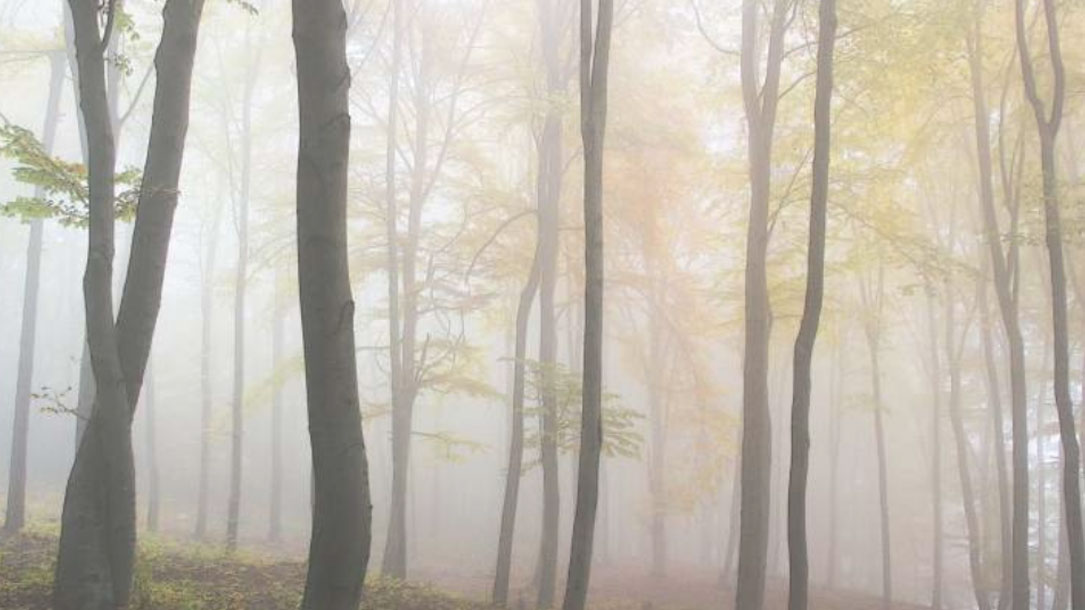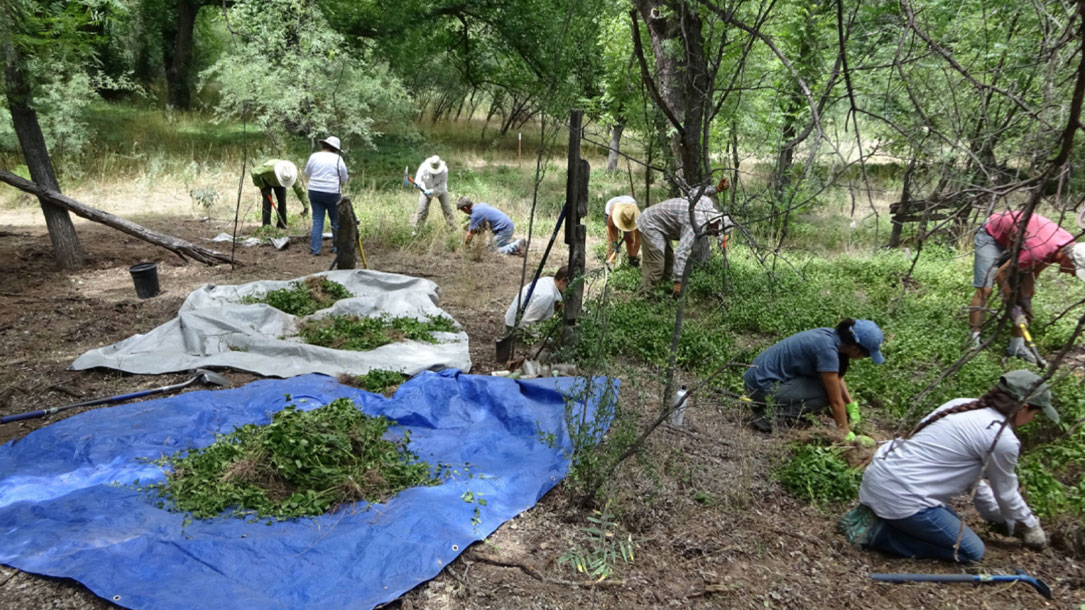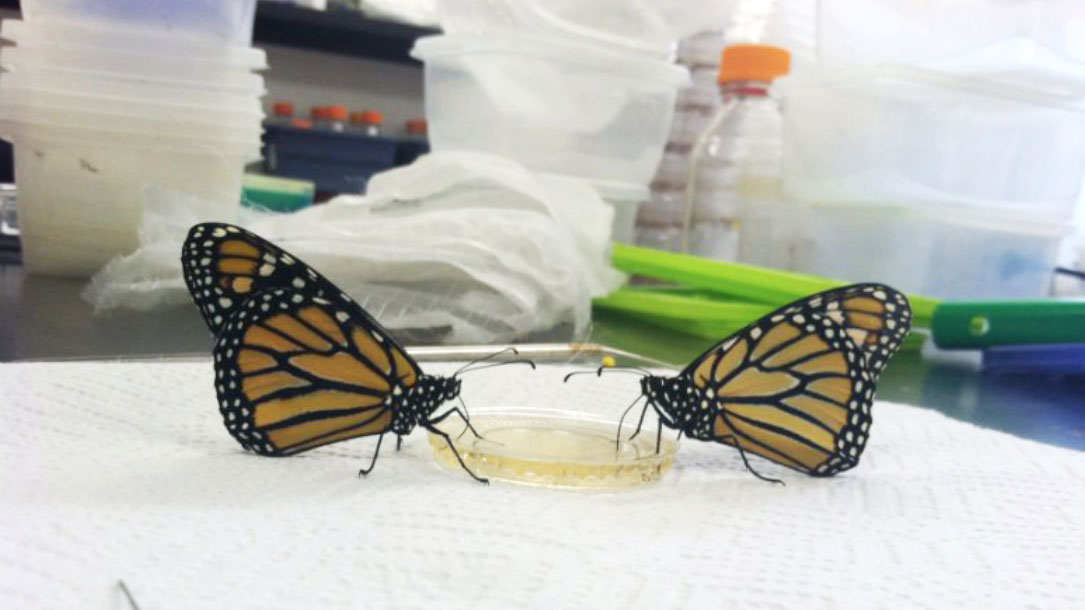
Accelerating extinction risk from climate change
“Current predictions of extinction risks from climate change vary widely depending on the specific assumptions and geographic and taxonomic focus of each study. I synthesized published studies in order to estimate a global mean extinction rate and determine which factors contribute the greatest uncertainty to climate change–induced extinction risks. Results suggest that extinction risks will accelerate with future global temperatures, threatening up to one in six species under current policies…”

Death and Extinction of the Bees. The Role of Monsanto?
‘Scientists have recently reported that mass extinctions of marine animals may soon be occurring at alarmingly rapid rates than previously projected due to pollution, rising water temperatures and loss of habitat. Many land species also face a similar fate for the same reasons. But perhaps the biggest foreboding danger of all facing humans is the loss of the global honeybee population. The consequence of a dying bee population impacts man at the highest levels on our food chain, posing an enormously grave threat to human survival. Since no other single animal species plays a more significant role in producing the fruits and vegetables that we humans commonly take for granted yet require near daily to stay alive, the greatest modern scientist Albert Einstein once prophetically remarked, “Mankind will not survive the honeybees’ disappearance for more than five years.”’

Forests may lose the ability to protect against extremes of climate change
Kimberley Davis is a University of Montana postdoctoral research associate and the lead author of the study that suggests some forests will lose their capacity to buffer climate extremes as water becomes limited at many sites.
“Changes in water balance, combined with accelerating canopy losses due to increases in the frequency and severity of disturbance, will create many changes in the microclimate conditions of western U.S. forests,” Davis said…

Climate change is making it harder to revive damaged land
In the early 1980s, ecological restoration was much like cleaning up after a rowdy house party: trying to return a degraded habitat to its former pristine condition… “I’ve always been taught that restoration is about taking a degraded site and restoring it back to what it was before the disturbance,” Campbell said.
But increasingly, scientists who study ecosystems, as well as land managers who do restoration work, are questioning that model of ecological restoration, which relies on the idea of a stable “climax community,” even though many ecosystems are always changing…

Brilliant teen’s invention to remove all plastic from ocean is finally becoming a reality
A solution to the catastrophic plastic pollution in the ocean, now a problem even in the Great Lakes, is getting a major boost. When Boyan Slat was 16 years old, he found himself coming across more plastic than fish while diving in Greece. It was then that he decided to dedicate a high school project to investigating ocean plastic pollution and how he could make a difference.
Check out what’s about to happen off the coast of California this summer…

Oceanic changes that propelled mass extinction 252 million years ago resemble effects of climate change today
A recent study by scientists at Arizona State University warns that impacts of modern-day climate change are similar to the scenarios that had taken place before a mass extinction happened millions of years ago.
An event called Permian-Triassic mass extinction killed 90 percent of all animals on Earth some 252 million years ago. It took about another five million years for the ecosystems to recover from what happened…

One-third of forests aren’t growing back after wild fires, research finds
“Seedlings are more sensitive to warm, dry conditions than mature trees, so if the right conditions don’t exist within a few years following a wildfire, tree seedlings may not establish,” said Philip Higuera, a coauthor of the study.
Earlier this month, a separate study found that ponderosa pine and pinyon forests in the West are becoming less resilient due to droughts and…

Global warming can turn monarch butterflies’ favorite food into poison
Louisiana State University researchers have discovered a new relationship between climate change, monarch butterflies and milkweed plants.
It turns out that warming temperatures don’t just affect the monarch, Danaus plexippus, directly, but also affect this butterfly by potentially turning its favorite plant food into a poison…

Border collies run like the wind to bring new life to Chilean forest
The worst wildfire season in Chile’s history ravaged more than 1.4 million acres early in 2017, destroying nearly 1,500 homes and killing at least 11 people…

Study suggests estuaries may experience accelerated impacts of human-caused CO2
Rising anthropogenic, or human-caused, carbon dioxide in the atmosphere may have up to twice the impact on coastal estuaries as it does in the oceans because the human-caused CO2 lowers the ecosystem’s ability to absorb natural fluctuations of the greenhouse gas, a new study suggests…












